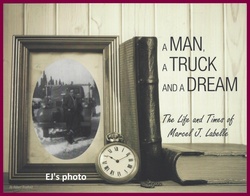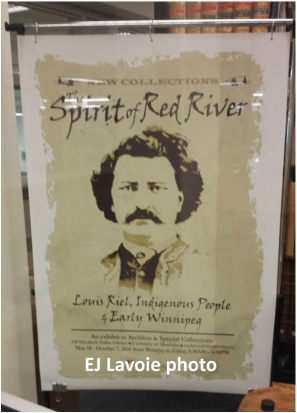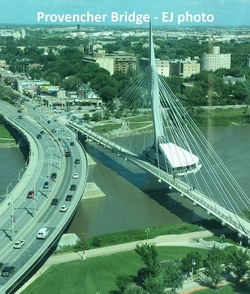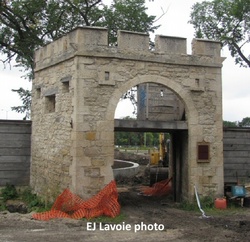
What’s a senior getting out of bed at 4:30 in the morning for?
Yeah, yeah, besides that . . .
Well, this senior got out of his bed yesterday morning at 4:30 to begin a 2,000-kilometre trip around Northern Ontario in less than a week.
No, I’m not being paid for it. No, I’m not compelled to do it. No. I’m doing it for pure pleasure.
You see, I love to write, and writing requires research, which means finding out how the rest of the world lives, or has lived in the past.
My goal was to reach Timmins by nightfall, with multiple stops along the way at Hearst, Kapuskasing, Smooth Rock Falls, Cochrane, and at roadside. Yes, from time to time I’d pass a transport or motorcyclist and then I’d pull over on the shoulder and scribble stuff in my notebook and then I’d catch up with the transport or motorcyclist and pass them again. Yes, that’s what writers do.
Okay, that’s what THIS writer does.
Okay, I did have a companion. Her name is Garmin. Okay, Garmin is my GPS navigational system. Garmin is helpful in countries with wild geography. Do you have any idea how hard it is to find an address in a foreign village when the natives do not publish maps and they hide the street name signs? Even Garmin was confused most of the time.
Between Hearst and Cochrane my cell phone went on strike, so I could not reserve a hotel room until suppertime.
Speaking of eating, I was too busy to eat until I reached Timmins. I thought I deserved a beer. Research, and writing, is sometimes an exhausting, demanding job that requires dedication, mental fortitude, and physical stamina.
I love a craft beer, which I can find only in cities. Timmins is a city. It is chock-full of traffic, and pollution of all descriptions, and crowdedness. I found a place that serves beer fresh from the tap. Wacky Wings . . .
Read the full article on E.J. Lavoie's Blog at http://bit.ly/299idIa .
Yeah, yeah, besides that . . .
Well, this senior got out of his bed yesterday morning at 4:30 to begin a 2,000-kilometre trip around Northern Ontario in less than a week.
No, I’m not being paid for it. No, I’m not compelled to do it. No. I’m doing it for pure pleasure.
You see, I love to write, and writing requires research, which means finding out how the rest of the world lives, or has lived in the past.
My goal was to reach Timmins by nightfall, with multiple stops along the way at Hearst, Kapuskasing, Smooth Rock Falls, Cochrane, and at roadside. Yes, from time to time I’d pass a transport or motorcyclist and then I’d pull over on the shoulder and scribble stuff in my notebook and then I’d catch up with the transport or motorcyclist and pass them again. Yes, that’s what writers do.
Okay, that’s what THIS writer does.
Okay, I did have a companion. Her name is Garmin. Okay, Garmin is my GPS navigational system. Garmin is helpful in countries with wild geography. Do you have any idea how hard it is to find an address in a foreign village when the natives do not publish maps and they hide the street name signs? Even Garmin was confused most of the time.
Between Hearst and Cochrane my cell phone went on strike, so I could not reserve a hotel room until suppertime.
Speaking of eating, I was too busy to eat until I reached Timmins. I thought I deserved a beer. Research, and writing, is sometimes an exhausting, demanding job that requires dedication, mental fortitude, and physical stamina.
I love a craft beer, which I can find only in cities. Timmins is a city. It is chock-full of traffic, and pollution of all descriptions, and crowdedness. I found a place that serves beer fresh from the tap. Wacky Wings . . .
Read the full article on E.J. Lavoie's Blog at http://bit.ly/299idIa .




 RSS Feed
RSS Feed
